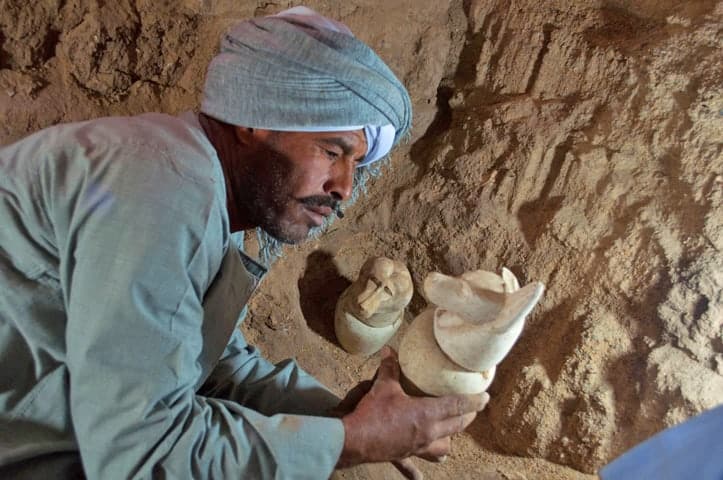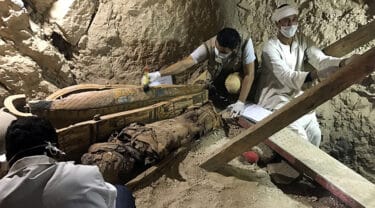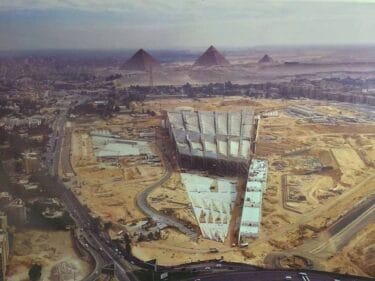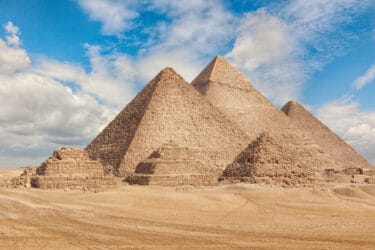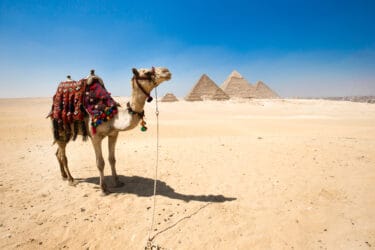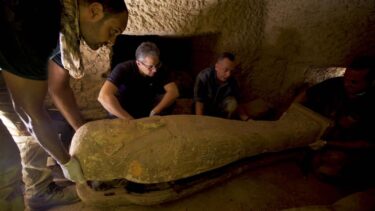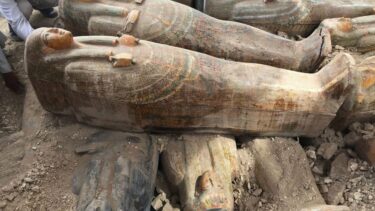New tomb found in Luxor: A new discovery is breaking news in Egypt – an ancient tomb filled with mummies, funerary sculptures, and much more.
A 3,500-year-old tomb was found within the Draa Abul Nagaa necropolis, located near the Egyptian city of Luxor. The groundbreaking discovery has unearthed some very important ancient treasures, including colorful wooden sarcophagi, several mummies, and over 1,000 funerary statues.
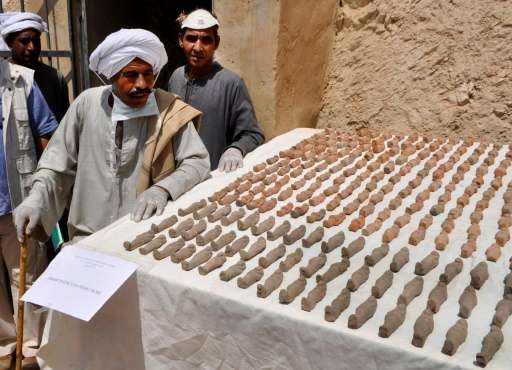
According to the Ministry of Antiquities, the tomb is from the 18th Dynasty and holds 8 mummies. It was built for a nobleman named Userhat, who was the city judge. Originally, the tomb was only the final resting place of Userhat. However, during the 21st Dynasty (around 3,000 years ago) the tomb was opened in order to add more mummies. The goal was to hide them and protect them, as this was a period when tomb robbing was very common. They have been hiding in there ever since, only just uncovered now by a team of archeologists.
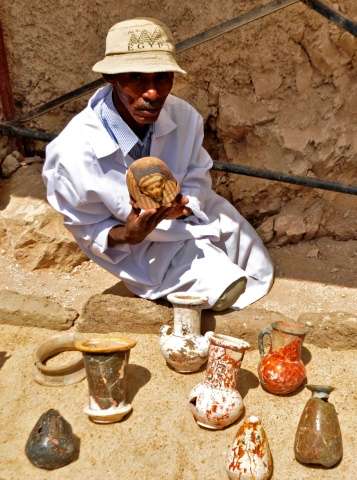
The archeologists have also found a dazzling collection of small carved figures. The figurines found inside are known as Ushabt, and more than one thousand of them have been recovered. They were carved and placed with the deceased in Egyptian tombs to help with responsibilities in the afterlife.
The gorgeous and ornate sarcophagi that were found within the tomb are carved with the faces of the dead and feature intricate patterns in green, black, yellow, blue, and red. There were also beautiful pots found within the tombs, decorated in green, white, and orange. These artifacts are priceless items of Egyptian culture and are incredibly valuable for their insight into the way of life of the time period.
The tomb has an open courtyard that heads to two halls, one containing four coffins and the other housing a chamber that is home to six. Archeologists have said that they expect to find even more statues and other artifacts as they continue to dig. The discovery is boosting interest in luxury Egypt tours, and more people are becoming intrigued by the history and culture of Egypt.
Userhat – The Owner of the Tomb
Although it was used as a place to hide other mummies from grave robbers, the tomb was originally built for Userhat. A commoner from the 19th Dynasty, he served in the cult temple of Tuthmosis. He had a number of titles during the reign of Amenhotep II of the 18th Dynasty- including “Royal Scribe,” “Deputy Herald,” and “Bread Counting Scribe.” He was mainly a grain accountant, and his role was to record the amounts of grain and goods in the kingdom.
His painted tomb is one of the more well-preserved in the area, and it was decorated with many unusual and beautiful scenes – such as Userhat and his wife standing before Osiris. Although the scenes have been somewhat damaged by tomb robbers over the years, they remain mostly intact. With the upper room taking the shape of the inverted letter T, the tomb is the perfect example of a New Kingdom tomb.
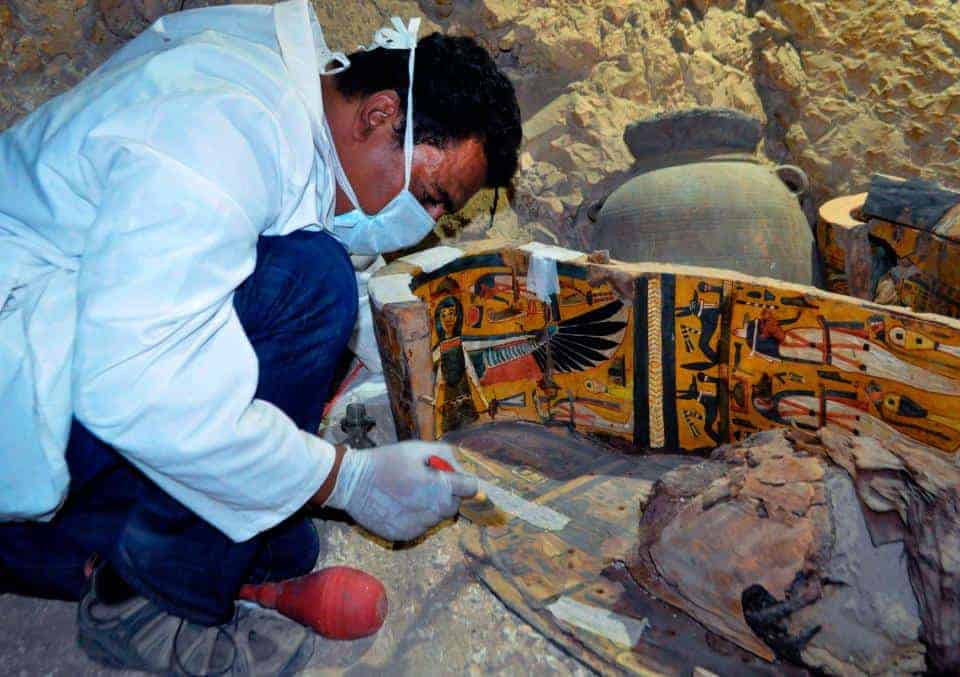
There are some pretty fascinating scenes in Userhat’s tomb that are not often depicted in Egyptian art. For example, there is a wall showing recruits having their heads shaven – crouching on the floor or on stools while the barber does his work.
There are so many different paintings and details within the tomb of Userhat, as well as the many other tombs in Luxor. This is why it is advantageous to visit with a knowledgeable local guide on your Egypt tour packages. You will receive valuable insight about what you are looking at so that you can understand the stories behind the ancient wonders. When you know the meaning behind the carvings, wall paintings, and statuary – a tomb becomes a much more interesting place.
Luxor – An Area Full of Ancient Treasures
Luxor, Egypt, was once the city of the ancient city of Thebes, and it is said to be the greatest open-air museum in the world. When the city was in its heyday in the 11th Dynasty, it was known for its luxury and was a center for art, wisdom, and politics. It’s no surprise that this newly uncovered tomb was located here, as the wealth of historical riches in the area is astounding. Luxor is a must-see for anyone visiting on Egypt-guided tours, as it gives an incredible insight into Egyptian history.
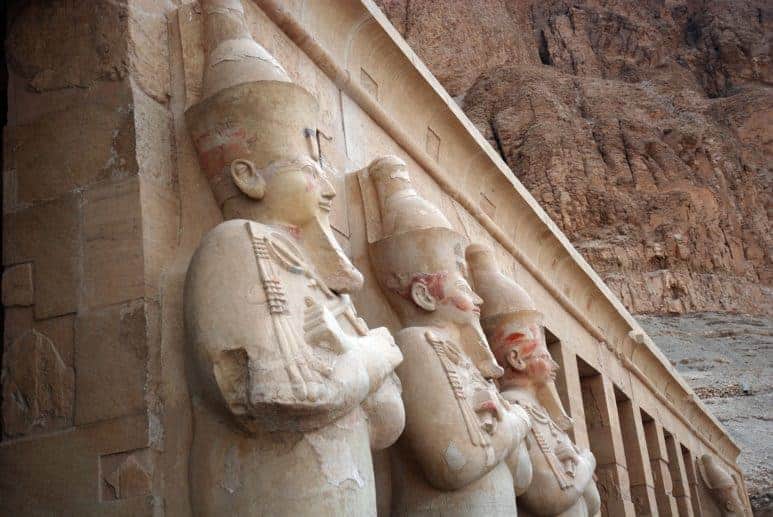
As you walk through this area, you will find temple after temple, as well as many enormous tombs filled with ancient wonders. Thousands of tourists from all over the world flock to these ruins every year, driving interest in Egyptian history and culture and contributing to the economy of the city. Archeologists continue to study this area, uncovering new treasures and working to preserve the ones already there. The economy of Luxor is primarily dependent on tourism (although many people also work in sugarcane agriculture).
On the West Bank of the Nile in Luxor, you will find the tombs and monuments of the Necropolis, including the famous Valley of the Kings and the Valley of the Queens. On the West Bank, you will also find the Tombs of the Nobles and the memorial temples of Ramesses II and III. Luxor is served by Luxor International Airport, and there is a ferry and a bridge to connect the two banks across the Nile.
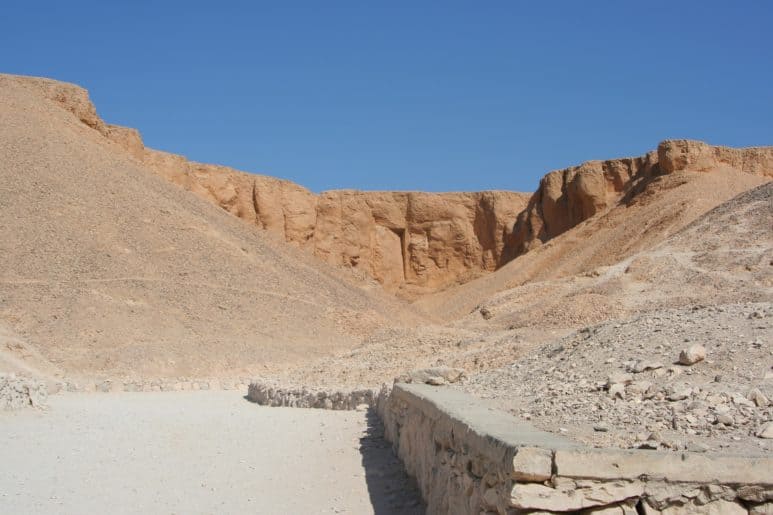
This is the second major discovery this year after a 3,500-year-old statue that is thought to depict King Psammetichus 1 was uncovered in Cairo in March. Although tourism to Egypt’s ancient tombs has dropped in the turmoil that came after the 2011 uprising in Egypt that resulted in the toppling of the ruler Hosni Mubarak – it is hoped that these new discoveries will boost interest and attract more tourists to Egypt trips again.
